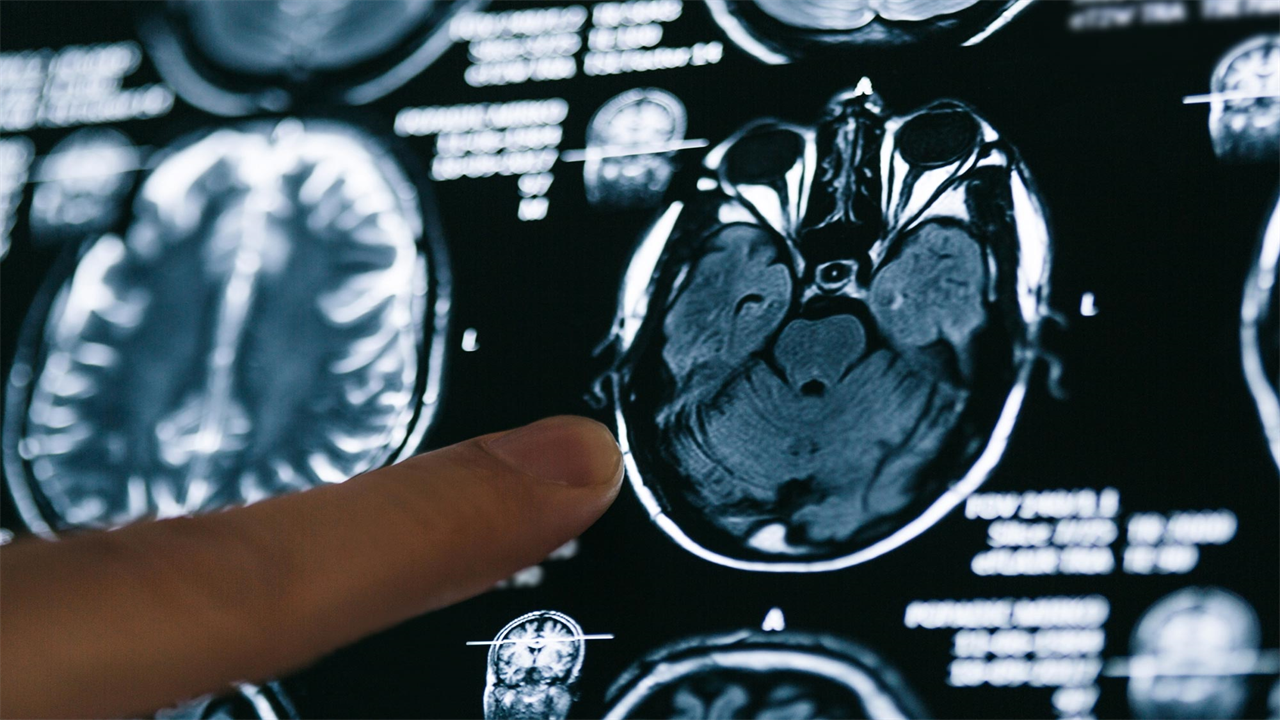COVID-19 Can Infect Nerve Cells and Cause a Range of Neurological and Psychiatric Symptoms
0 View
Share this Video
- Publish Date:
- 26 November, 2021
- Category:
- Covid
- Video License
- Standard License
- Imported From:
- Youtube
Tags

The cluster of neurological symptoms associated with SARS-CoV-2 infection, the virus that causes COVID-19, suggests that the virus can enter the brain and affect neural function. New findings were presented at Neuroscience 2021, the annual meeting of the Society for Neuroscience and the world’s largest source of new news about brain science and health.
While much of the attention for COVID-19 has focused on its effects on the respiratory system, the virus also has significant neurological manifestations. Many people infected with SARS-CoV-2 report neurological and psychiatric symptoms, including headaches, loss of sense of smell and taste, hallucinations, vivid dreams, depression, fatigue, “brain fog” and even seizures or strokes. These symptoms suggest that the virus can reach the brain and affect other parts of the nervous system as well. Even for those who initially recover, many will experience ongoing cognitive or neurological problems for months after the infection.
These new findings show:
An analysis of human brain tissue identified two proteins, NRP1 and furin, which may mediate the entry of SARS-CoV-2 into human brain cells (Ashutosh Kumar, All India Institute of Medical Sciences-Patna). Studies of rhesus monkeys reveal how SARS-CoV-2 enters and spreads in the brain (John H. Morrison, University of California, Davis). In mice, peripheral nerve cells that transmit touch and pain information to the central nervous system are susceptible to SARS-CoV-2 infection, providing a potential route to infect the brain (Jonathan D. Joyce, Virginia Tech). COVID-19 can result in a long-lasting effect on brain wave patterns for at least four months, but these differences may disappear seven months after infection (Allison B. Sekuler, Rotman Research Institute, McMaster University and University of Toronto).
“We are just beginning to understand the central nervous system manifestations of COVID-19,” said Rita Balice-Gordon, the chief executive officer of Muna Therapeutics, an early-stage company working on novel therapies for neurodegenerative diseases. “The study presented today adds important new information about the neurobiological mechanisms underlying the effects of COVID on cognition and behavior.”
This research was supported by national funding agencies, including the National Institutes of Health and private funding organizations. Read more about COVID-19 and the brain at BrainFacts.org.
Nervous system manifestations of Summary of the COVID-19 press conference
SARS-CoV-2 coronavirus disease 2019 (COVID-19) can affect the brain, where it contributes to neurological and psychiatric symptoms. New research examines how SARS-CoV-2 enters and spreads in the brain and how the virus affects brain function.
NRP1 and furin as putative mediators of SARS-CoV-2 entry into human brain cells
Ashutosh Kumar, abstract P322.04
The major receptor known to mediate SARS-CoV-2 entry into host cells is undetectable in human brain tissue. Researchers investigated possible alternative receptors through which SARS-CoV-2 could enter brain cells. A study of gene transcript and protein expression in human brain tissue revealed widespread expression of two molecules, NRP1 and furin, which previous studies have linked to the entry of SARS-CoV-2 into host cells. The findings suggest that NRP1 and furin may mediate SARS-CoV-2 entry into human brain cells.
Sensory and autonomic ganglia of the peripheral nervous system are tolerant to SARS-CoV-2 infection and may provide a pathway of neural invasion in K18-hACE2 mice
Jonathan D. Joyce, Abstract P322.06
Neurological symptoms of COVID-19 affect the central nervous system (headache, brain fog, cardiorespiratory failure) and the peripheral nervous system (pain, tingling, and loss of sensation in the fingers and toes), indicating that both the brain and peripheral nerves are affected . Studies in mice reveal that the peripheral nerve clusters that transmit touch and pain information to the brain and spinal cord can be infected by SARS-CoV-2 in both wild-type mice and mice designed to express the major ACE2 receptor. that the virus uses to enter human cells. These findings suggest that infection of these peripheral nerves may explain some of the symptoms of COVID-19 associated with altered sensation. These findings also suggest that these peripheral nerves may provide an alternative pathway through which SARS-CoV-2 can enter the brain, as these nerves connect to areas of the brain associated with COVID-19 disease, including the limbic system. and cardiorespiratory centers.
Transsynaptic diffusion combined with glia-mediated neuroinflammatory response orchestrate the neuroinvasive potential of SARS-CoV-2 in an Aged Monkey model of COVID-19
John H. Morrison, Summary P318.02
Of the SARS-CoV-2 infected rhesus monkeys, elderly diabetic monkeys showed more viral presence in the brain and more aggressive distribution than young healthy animals. Preliminary results suggest that SARS-CoV-2 enters the brain through olfactory neurons and spreads to interconnected regions, leading to extensive inflammation within seven days of infection. This non-human primate model offers the opportunity to investigate the mechanisms of viral infection in the brain and to evaluate potential therapeutic strategies aimed at protecting the brain.
Resting state electroencephalography (rsEEG) in individuals recovering from COVID-19 after self-isolation: a longitudinal observational study
Allison B. Sekuler, Abstract P322.05
This study is part of NEUROCOVID-19, a project that uses comprehensive neurological and psychological evaluation of individuals with different clinical courses to investigate chronic brain effects of COVID-19. Resting-state electroencephalogram (EEG) data were collected from individuals who went into self-isolation at home and tested positive for COVID-19 and individuals who went into self-isolation but tested negative, with a first visit approximately four months after infection and a follow-up up three months later. At the initial assessment, individuals who tested positive for COVID-19 showed different brainwave patterns than those who tested negative, and some of these effects were still present at the three-month follow-up. The results suggest that COVID-19 may have a lasting impact on brain function for at least seven months. Because the results are analogous to those seen in aging and mild cognitive impairment, the effect of COVID-19 on the brain may have implications for the future prevalence and detection of dementia.










